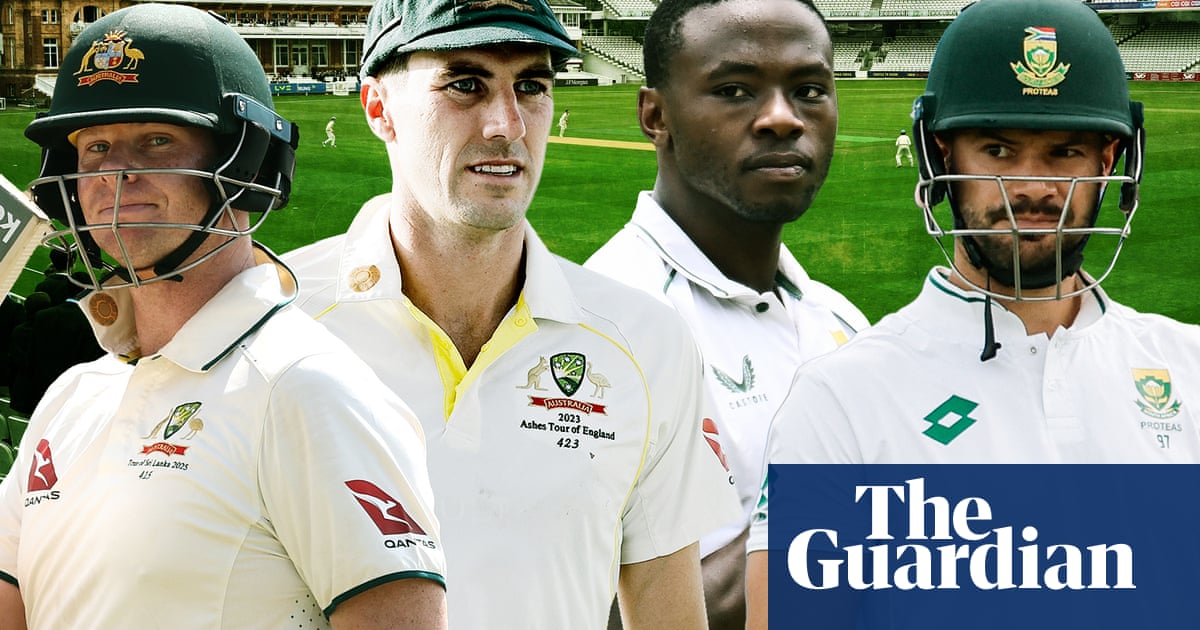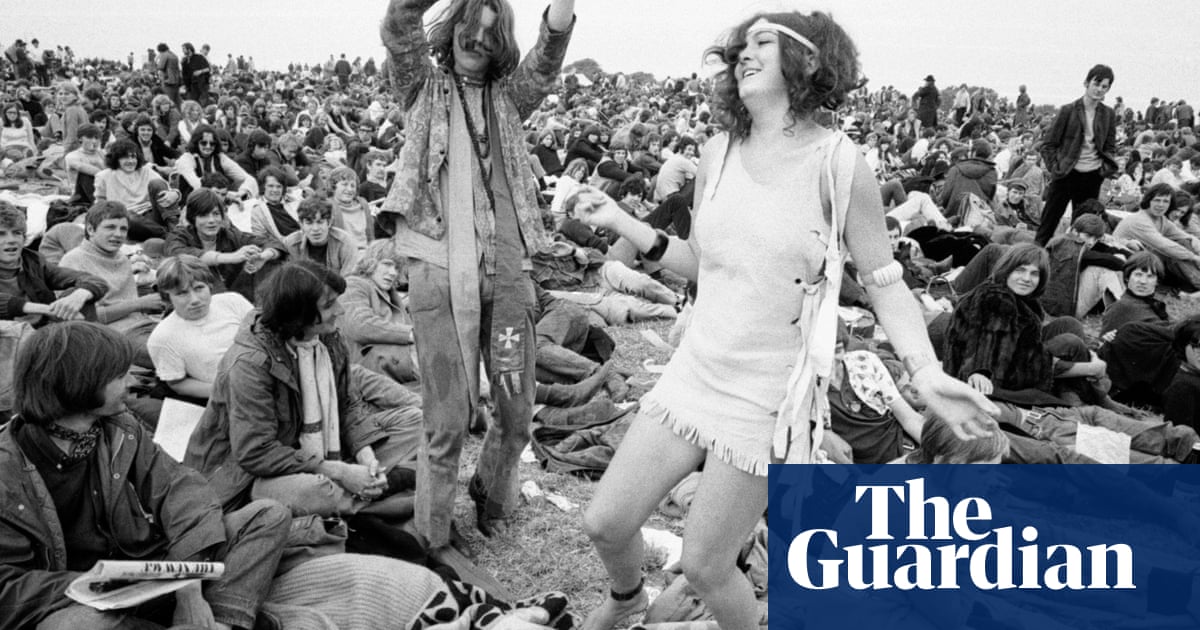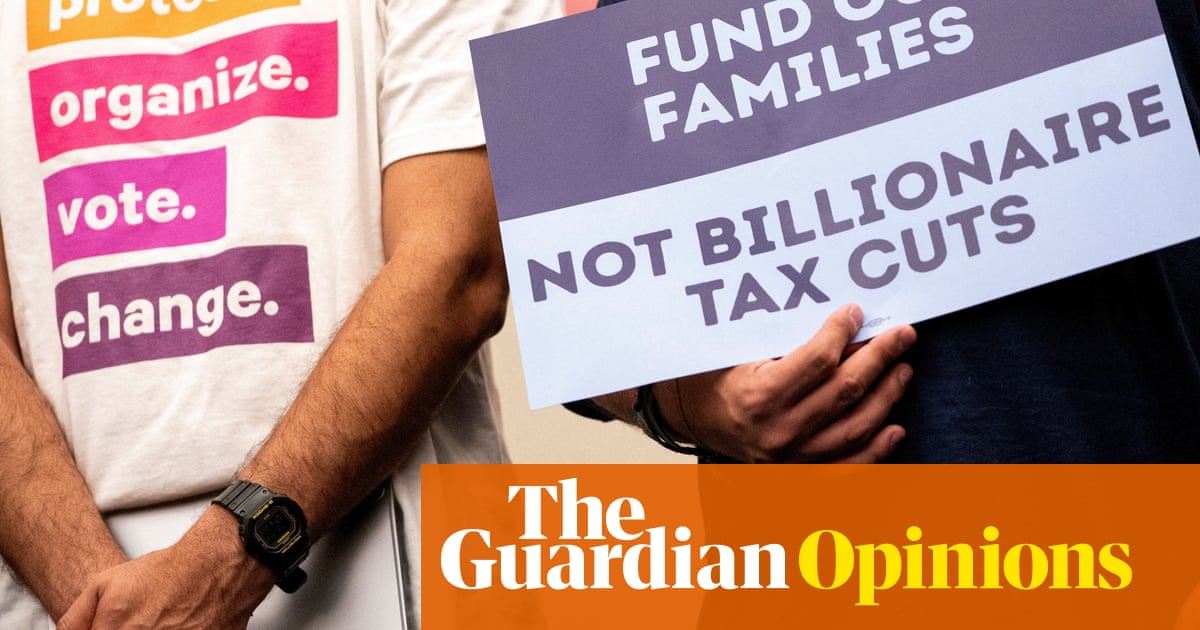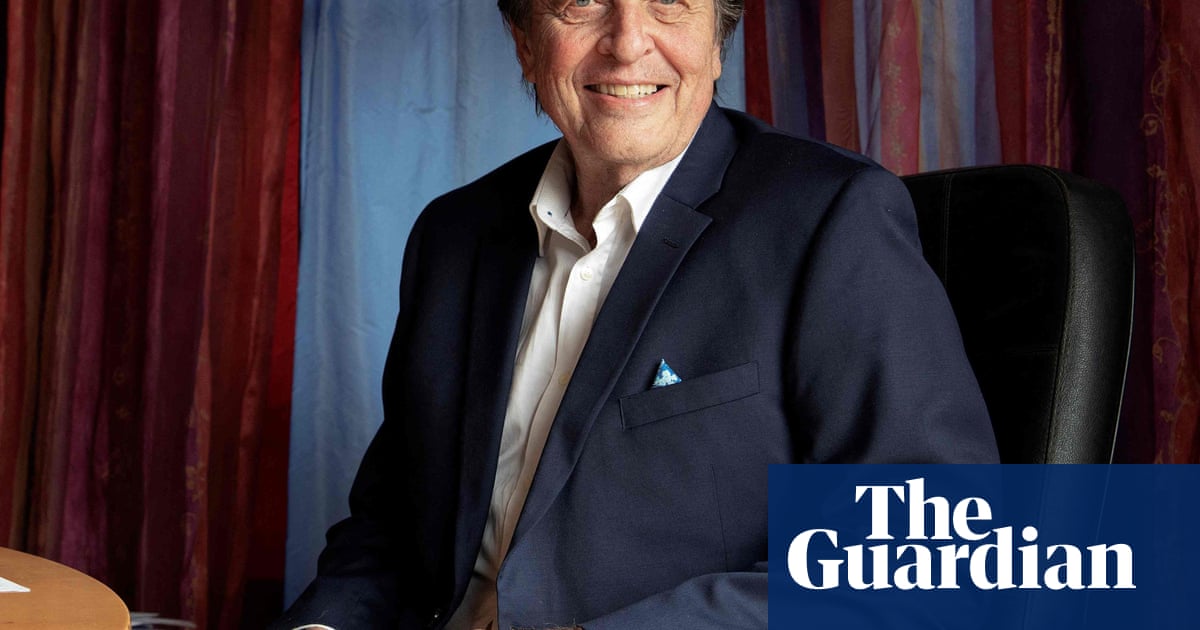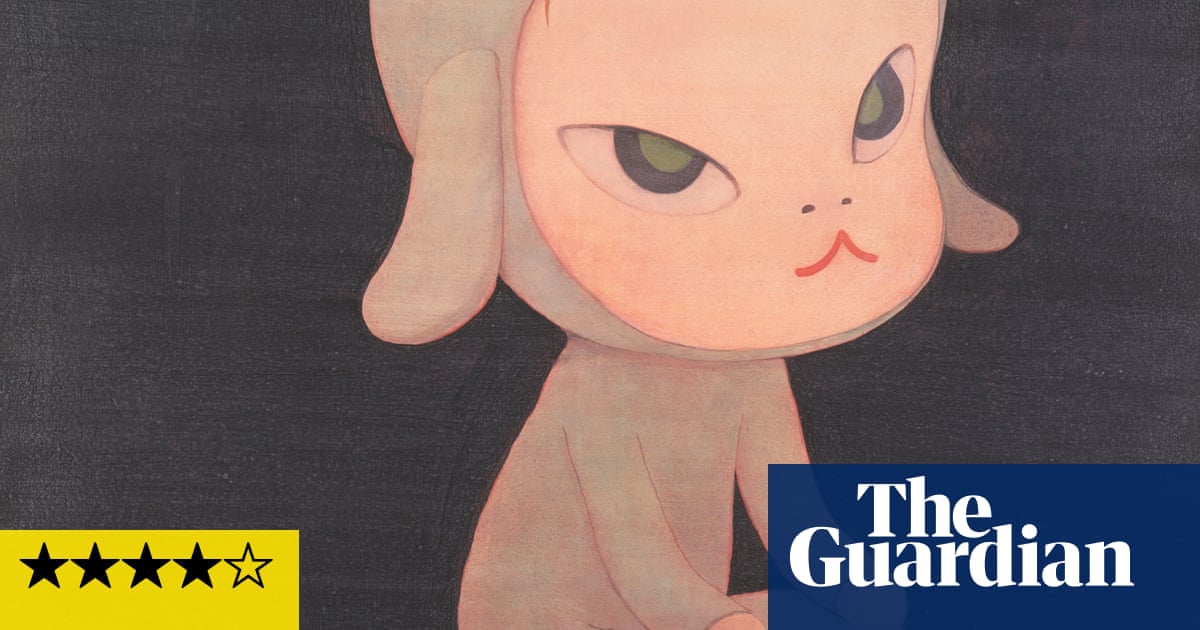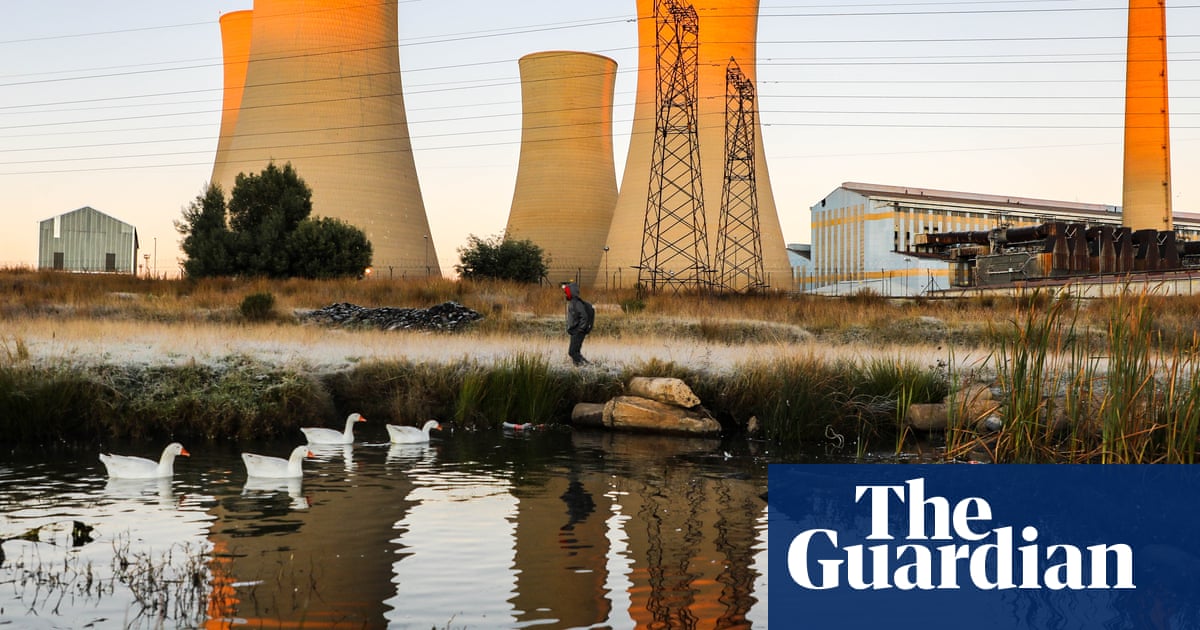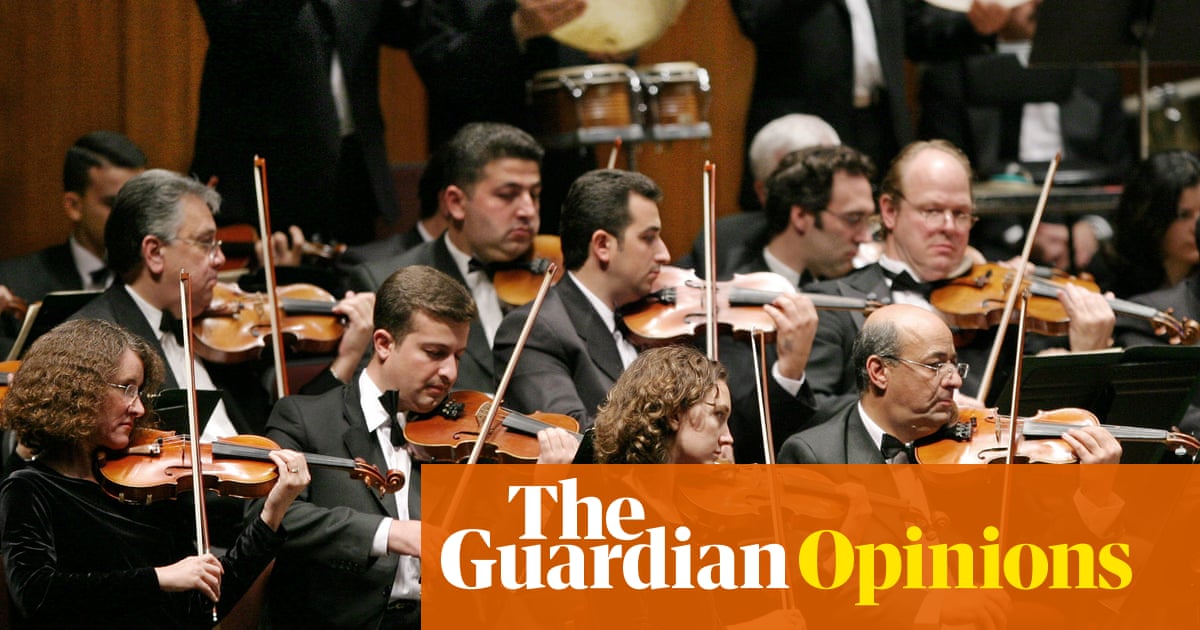When the actor Julianne Moore learned her children’s book, Freckleface Strawberry, a tale of a girl who learns to stop hating her freckles, had been targeted for a potential ban at all schools serving US military families, she took to Instagram, posting that it was a “great shock” to discover the story had been “banned by the Trump Administration”.
Moore had seen a memo that circulated last week revealing that tens of thousands of American children studying in about 160 Pentagon schools both in the US and around the world had had all access to library books suspended for a week, while officials conducted a “compliance review” to hunt out any books “potentially related to gender ideology or discriminatory equity ideology topics”.
Although whether Moore’s book would be selected for “further review” or banned entirely remains unclear, the episode brought into stark relief that the movement to ban books in the US – which has been bubbling up for several years, mostly in individual states – had reached a whole new level: the federal one.
Donald Trump’s re-election, and his subsequent crackdown on diversity, equity and inclusion (DEI) programs, has many campaigners fearing that the Pentagon move to scrub its libraries of anything it opposes ideologically could be the first of a series of broad attempts to eliminate any discussions of race, LGBTQ+ issues, diversity and historical education from public schools.
The Trump administration has scoffed at the idea that it is banning books, and last month it instructed the Department of Education to end its investigations into the matter, referring to bans as a “hoax”. Indeed, many deny that banning books is censorship at all – a disconnect that stems not just from the historical context of book banning, but from a semantic dispute over what it means to “ban” something.
In the early 20th century, books such as Ulysses by James Joyce and The Grapes of Wrath by John Steinbeck were banned due to “moral concerns”.
Likewise, the red scare of the 1950s saw increased censorship of materials perceived as sympathetic to communism, while the 1980s saw attacks against books dealing with race and sexuality, such as The Color Purple by Alice Walker, which was nearly banned two years after its release in 1984 after a parent petitioned against its use in an Oakland, California, classroom.
The difference today, however, is that instead of coming primarily from conservative community organizers, the book banning movement is now coming from government – school boards, local governments and now, with the Pentagon move, even the federal government, increasingly working in lockstep.
The modern wave of book bans could be said to have started with a backlash against The 1619 Project, a journalistic anthology by Nikole Hannah-Jones published by the New York Times. The project aimed to reframe US history by centering the contributions of Black Americans, but conservative politicians – including Trump – claimed it taught students to “hate their own country”.

In response, Republican lawmakers moved to ban the work in schools, marking the beginning of an intensified campaign against so-called “anti-American” literature.
According to PEN America, a non-profit dedicated to defending free expression in literature, more than 10,000 book bans occurred in public schools during the 2023-2024 school year. Books that address racism, gender and history were disproportionately targeted.
“The whole principle of public education is that it is not supposed to be dictated by particular ideologies that aim to censor what other people can learn and access in schools,” Jonathan Friedman, the managing director for US free expression programs at PEN America, said.
Rightwing politicians, however, have increasingly used book banning as a rallying cry, portraying certain books as tools of “indoctrination” – failing to note the irony that indoctrination is the process of carefully limiting ideas, like banning books.
One key figure has been the governor of Florida, Ron DeSantis. He has echoed Trump’s dismissal of book bans as a “hoax”, and spearheaded multiple attempts to reshape education to reflect only conservative values, including the Stop Woke Act, which restricts discussions on systemic racism, and the Parental Rights in Education Act, widely known as the “don’t say gay” law, which limits discussions of gender identity and sexuality in classrooms.
Banned titles in Florida schools now include Beloved and The Bluest Eye by Toni Morrison, Normal People by Sally Rooney, Slaughterhouse-Five by Kurt Vonnegut, The Handmaid’s Tale by Margaret Atwood and The Perks of Being a Wallflower by Stephen Chbosky.
What DeSantis and other rightwingers often say is that these efforts don’t truly constitute “bans” because they only remove books from schools, rather than totally outlawing them from being bought in the US, and therefore don’t encroach on free speech. John Chrastka, the executive director and founder of EveryLibrary, argued that this is faulty reasoning.
“The private marketplace is protected by the first amendment in ways that the government is not beholden to,” he said. “The idea that because a book is still available for sale means that it’s not being banned outright is only the difference between a framework that was in place prior to the 1950s” and today.
after newsletter promotion
He noted that Lady Chatterley’s Lover, which was first published in 1928 in Europe, was banned in the US for several years before finally getting its American publication in 1959 in what was a watershed affirmation of the right to free speech. Realizing that the first amendment prevented them from blocking the book from US bookstores, critics turned their attention to libraries instead, a grayer area in terms of constitutional protections.
DeSantis and other rightwing politicians have taken the lesson: if the constitution prevents you from banning a book from being bought or sold in Florida, the next best thing is to ban it from the places most people would have the easiest access to it – schools and libraries.
“It doesn’t add up,” Chrastka added, “the idea that a teenager in a state where it’s impossible for them to get to an independent bookstore because they don’t exist any more somehow has enough liberty to buy the book when the school library is blocked from having it available for them.”
Another key distinction is between banning books from classroom curriculum versus removing them from school libraries – which, unlike classrooms, are historically protected spaces for free access to ideas.
“What you read for a class supports the curriculum,” says Chrastka, whereas “the school library is supposed to support independent reading. One of them is required reading and the other one isn’t, but [the reading material] is meant to be available.”
The landmark supreme court case Island Trees School District v Pico in 1982, when a school board in New York removed books from its libraries it deemed “anti-American, anti-Christian, anti-Semitic, and just plain filthy”, established that school boards cannot restrict the availability of books in their libraries simply because they don’t like or agree with the content.
Critics contend the new wave of book bans, although not yet about preventing sales at bookshops, fails to meet the intended purpose of libraries: to preserve and provide a variety of ideas and information that may not be readily or equally accessible to everyone.
Now, many fear that once certain books are established as unacceptable in schools, the censorship could spread to colleges, bookstores and eventually nationwide bans. Even if that does not happen, experts say one of the most reliable ways to ensure ideas are suppressed is to dismantle the education system, making Trump’s repeatedly stated goal of eliminating the Department of Education a particular concern.
“The vast majority of the budget for the Department of Education and the laws and regulations that make sure that the department is functional go to help students succeed and protect students who are otherwise vulnerable,” said Chrastka.
With the education system having been chipped away at for decades with budgets cuts, low literacy rates and high dropout rates, book bans only make it weaker.
“What we need in this country is for students to feel supported and to find their own identities, and reading is a core component of that,” Chrastka said. “Let’s let the kids discover themselves and discover their own path forward in the process.”

 3 months ago
68
3 months ago
68


